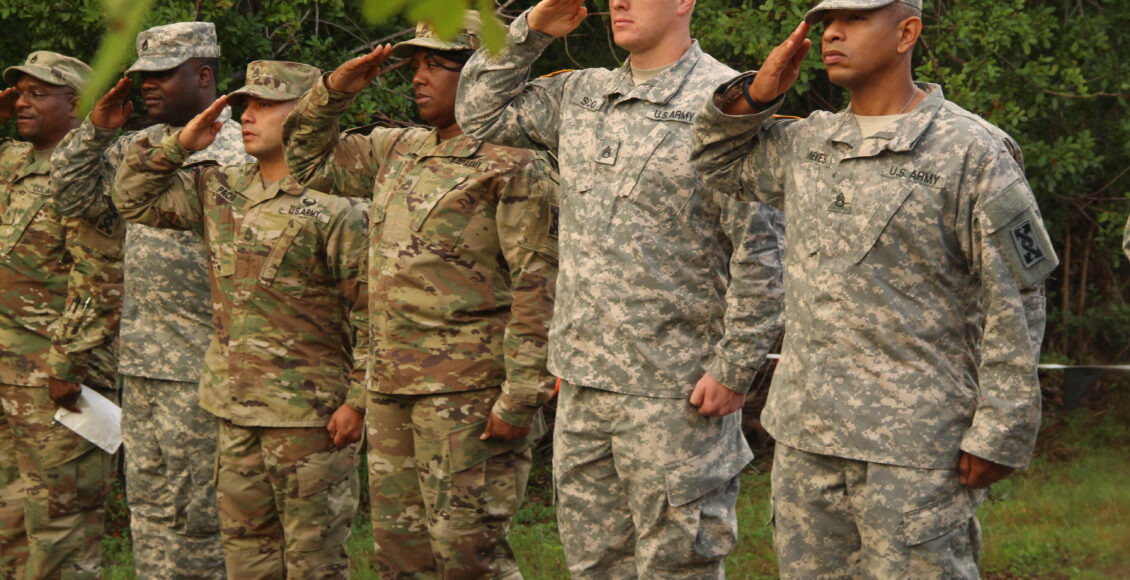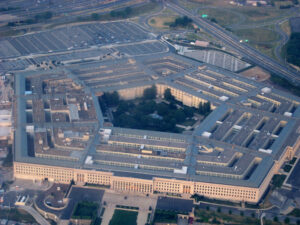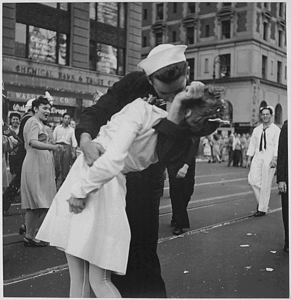Why are Americans Disappearing from the Military?

In the halls of the Pentagon and military recruitment centers across the United States, an impending reality looms large: the military recruitment crisis. Currently, the United States military, which operates solely on a volunteer basis, has the smallest number of active duty members in the past 70 years, prompting questions about the waning influence and respect the institution has with the ever-changing U.S. population. In 1969, the United States military as a whole boasted 3.5 million active-duty members, but today, those numbers have plummeted to 1.3 million military personnel. In 1980, there were 360,745 new people enlisted in the military; however, in 2020, these numbers drastically declined by 58 per cent, resulting in only 148,000 enlisting in all branches of the military. The same statistics show the number of applications to enlist has also dropped 73 per cent over that same time, from 768,532 to 205,105. Although technological advancements such as drones, tanks, and planes have allowed for a slimmer, more lethal military, the declining recruitment numbers present clear problems about the military’s viability and ability to maintain longevity in the face of elevating diplomatic crises.
The United States Military mainly recruits young adults ages 17-24, however, Millennials and Generation Z Americans are thinking less and less of the military when considering possible career paths. Recent surveys estimate that, on average, only about 1 per cent of young people are both eligible and willing to have a conversation with recruiters about joining the armed forces.
Parallel to this reality, young adults’ outlook on society is changing drastically compared to their parents’ and grandparents’ generations. Young adults have never not lived through chaos; Gen Z’ers have no memory of the United States before the attacks of September 11, 2001, nor do they recall a day when the nation was not at war. Millennials and Gen Z’ers grew up in tragic school massacres such as Columbine High School in 1999, Virginia Tech in 2007, Sandy Hook Elementary School in 2012, and Stoneman Douglas High School in 2018. In some areas of the country, high school is just the midpoint to a higher education, promoting alternate career paths than that of military service. Young generations increasingly care about societal well-being and the morals of the government rule they live under. All under the Biden Administration, young Americans have witnessed the United States Military lose a war and botch the withdrawal of troops in Afghanistan, expedite tensions with Russia in the Ukraine-Russian war, and clash with Chinese naval presence in the South China Sea.

Publically, the politics in D.C., the United States capital, have not helped the military’s reputation either. Increasingly, conservatives believe that the armed forces have succumbed to “woke” policies that reduce training standards and infuse politics into the job of military leaders. Senator Tommy Tuberville, a Republican from Alabama, directed a months-long military appointment blockade over a Pentagon policy providing travel reimbursement for reproductive and abortion care of soldiers, for example. On the left, however, a growing number of young Americans claim that America is an imperialist, expansive power with a retrograde army that runs contrary to diversity and fiscal responsibility. This sentiment translates into a swath of left leaning, young voters forever abstaining from or entertaining the idea of military service. All of this is to say that younger generations of Americans are more conscious and not eager to join a military with blatant flaws.
Despite this growing reluctance to enlist, the U.S. military has a reputation for high standards and lethal excellence. This reputation, however, flies in the face of American recruitment eligibility. A mere 23 per cent of young Americans meet the stringent criteria set forth by the armed forces. These criteria, uncompromising in their nature, erect barriers to entry for individuals. Possible recruitment candidates must meet weight and athletic requirements which runs contrary to the increasing obesity rates of Americans. In addition, Americans who are convicted of a crime in the justice system clash with the military’s morality principle and are disqualified from any service in the future. The last of the three largest recruitment hurdles– having a high school diploma or GED– rivals post-pandemic graduation rates in American high schools. Yet, the hurdles don’t end there. In a curious clash of values, the military’s regulations disqualify those by the ink on their skin. Although rules vary between different branches of the military, Americans cannot serve if they have a tattoo visible on certain parts of their body. Although illegal in only four states, users of marijuana are not allowed to fight for their country even if they wanted to – this obstacle is particularly limiting in a nation where about 50 per cent of Americans have tried the drug. Compounding the challenge of military recruitment is the rising tide of mental health ailments among America’s younger generations. As anxiety, depression, and other psychological afflictions afflict a growing number of youth, the military’s policies further complicate matters by disqualifying individuals reliant on certain medications, including those prescribed for ADHD and other mental health conditions.
Young Americans increasingly view U.S. military engagements in a negative light while American hegemony continues to face serious, credible threats. The United States has a recruitment shortfall of three thousand in the Air Force, ten thousand in the Navy, and fifteen thousand in the Army. These shortfalls are significant and not only operational threats but also cyber warfare personnel threats. The U.S. Military, more than ever, must employ qualified and experienced soldiers to operate and advance the U.S cyber warfare programs. In the race to dominance, the U.S. is faltering compared to China and Russia in their cyber capabilities. In order to stay prepared and relevant, the military must modernize and adapt to the changing moral tides of society. Many civilian organizations have changed their personnel strategies to remain competitive. For example, the healthcare industry, which has been quick to realize the benefits of catering to evolving generational values, has been successful in establishing long-term sustainability for young adults coming into the healthcare industry. The Pentagon has implemented some programs aimed at sourcing the interest of young Americans in serving. The Future Soldier program, which launched in August of 2022, is designed to take prospective soldiers who are not qualified— either academically or physically — and put them through an intense course to meet those minimum standards of service. The program also allows for meaningful recruiter-student connections, easing apprehensive feelings toward the military in the process. By focusing on esports teams, newly implemented programs also engage with young gamers and their technical skills that can be transferred into the cyber military space. One thing is clear: the newest generation of Americans are in the process of transporting the landscape of a civilian America; they are the most educated, most informed, and most interconnected with the world. The military must recognize this.

In August 1945, U.S. Navy sailors arrived back in the U.S. in droves. Many flooded Times Square in celebration of the U.S. military’s victory over Japan in World War Two. A young Navy soldier embraced and kissed a young dental assistant, which was captured in the now famed photo. The military prestige and admiration captured in this photo, for many young Americans, are feelings of the past and serve as a goal the military must reach in its future.
Edited by Lily Molesky.
Featured Image: “Grit. Guts. Glory: 143rd ESC Soldiers support Tough Mudder Challenge” by “143d ESC” is licensed under CC BY-NC 2.0 DEED.
